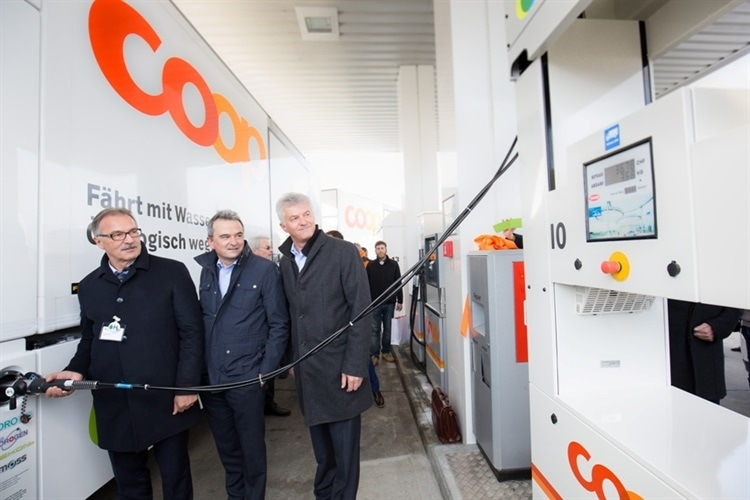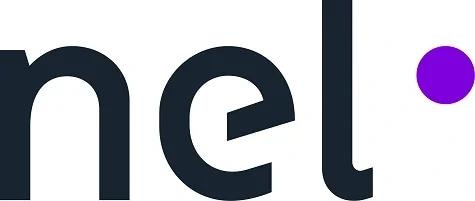Coop Mineraloel AG is opening the first public hydrogen fueling station that relies on purely renewable hydrogen, in Hunzenschwil, Switzerland.
In a recent post, Nel Hydrogen highlighted the opening of a Swiss electrolyzer plant that produces hydrogen from renewable hydro power using Proton Exchange Membrane (PEM) technology. Nel Hydrogen’s C30 hydrogen generator, which is situated at the IBAarau Hydro Power Plant, generates enough hydrogen to fuel the annual consumption of almost 170 fuel cell vehicles.
Switzerland’s first public hydrogen fueling station has been opened in Hunzenschwil, CH, in conjunction with this activity.

Advancements in Hydrogen Fueling
To date, there are more than 220 public operational hydrogen fueling stations across the world.
The hydrogen fueling infrastructure has grown globally. As of mid-2016, there were 33 operational hydrogen fueling stations in Germany alone. The country will continue to advance this movement, steadily expanding its network to include approximately 400 stations over the next few years.
The growing hydrogen fueling network will soon enable a fuel cell vehicle to be used to travel across many countries in Europe. This development shows the effort and dedication of stakeholders in advocating for green mobility and fuel cell technology. In addition, strides have been made in the fueling community to reduce the emission of carbon dioxide; station operators have started including and commercializing alternative and climate-neutral fuels at their locations.

Why Hydrogen?
Just like modern combustion engines, hydrogen provides the same convenience (filling time, range etc.) without emitting carbon dioxide. Fuel cell vehicles provide an advantageous solution to combat pollution, emitting only water vapor and eliminating other exhaust fumes that are harmful to the environment.
How Will the Hydrogen Get There?
Coop Mineraloel AG is committed to ensuring that consumers can buy hydrogen at a price per km comparable to fossil fuels. The opening of the public hydrogen fueling station in Switzerland is the first step towards preparing its network for the environmental requirements of the future.
Initially, 12 Coop fuel cell cars and a hydrogen-fueled truck are anticipated to be the station’s primary hydrogen customers. All other fuel cell customers are also welcome. As demand grows for hydrogen fueling stations, Coop will expand the availability of hydrogen to other fueling stations in the near future.
PEM electrolysis is making this possible by enabling the production of hydrogen at the IBAarau facility. The renewable hydro power-generated hydrogen will be the source of supply for the fueling gas required. This hydrogen will be delivered and stored in the Coop system under high pressure.

The hydrogen output pressure is 30 barg at the production stage. For transport, it is then compressed to 200 barg. The hydrogen trailer will deliver the hydrogen to the suitable location and immediately transfer the gas to the 50 barg tank at the fueling station. It will then be compressed to 950 barg in high-pressure tanks at the station.
It is important to remember that the fueling process is time sensitive. As a result, hydrogen will be available as demanded to fill the 350 barg tanks of hydrogen buses and trucks, and the 700 barg tanks of hydrogen vehicles. The gaseous hydrogen is transferred to the vehicle through a pump nozzle just like the traditional fueling stations (petrol and diesel), and takes only a few moments to fill.

This information has been sourced, reviewed and adapted from materials provided by Nel Hydrogen.
For more information on this source, please visit Nel Hydrogen.